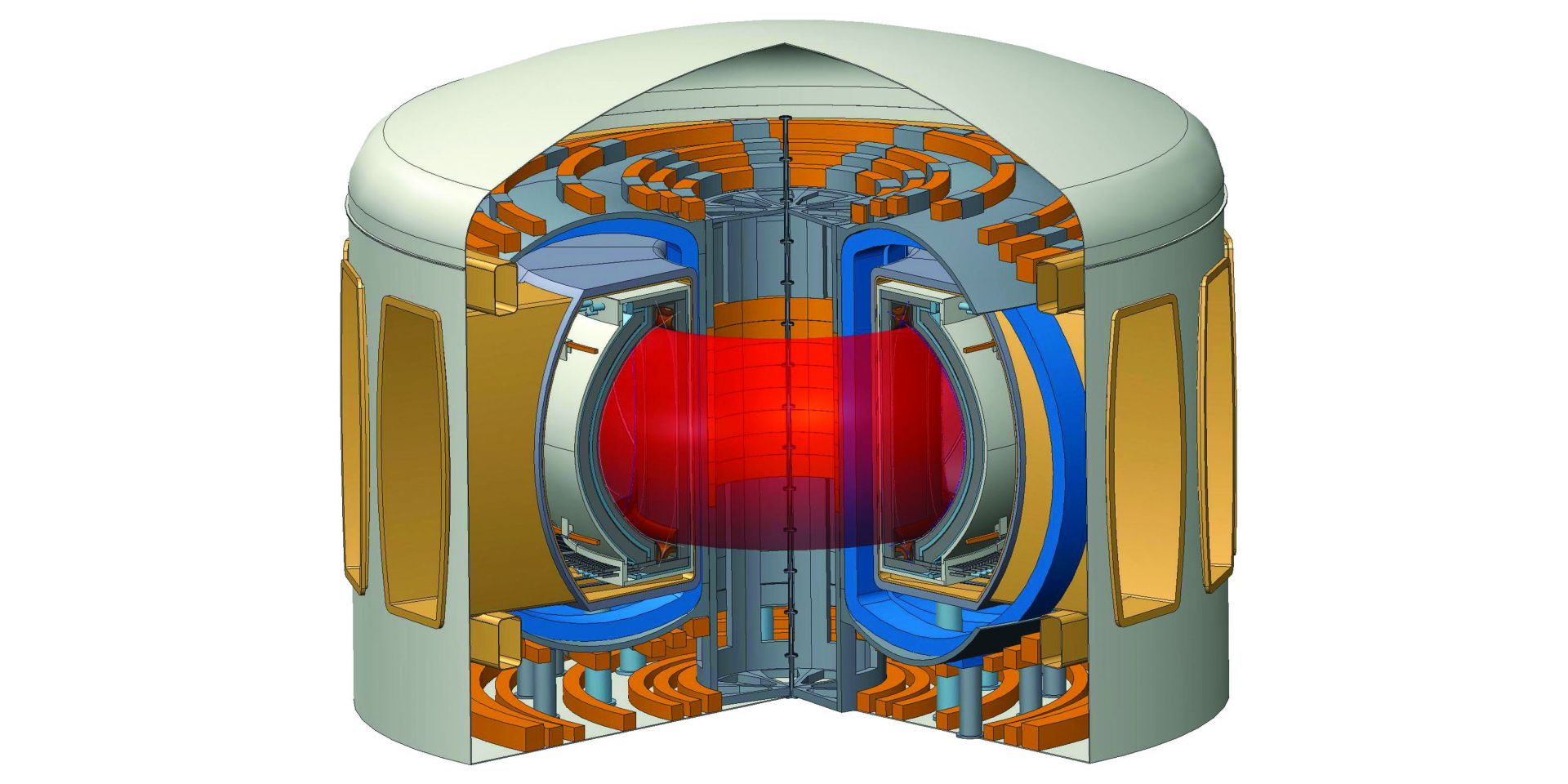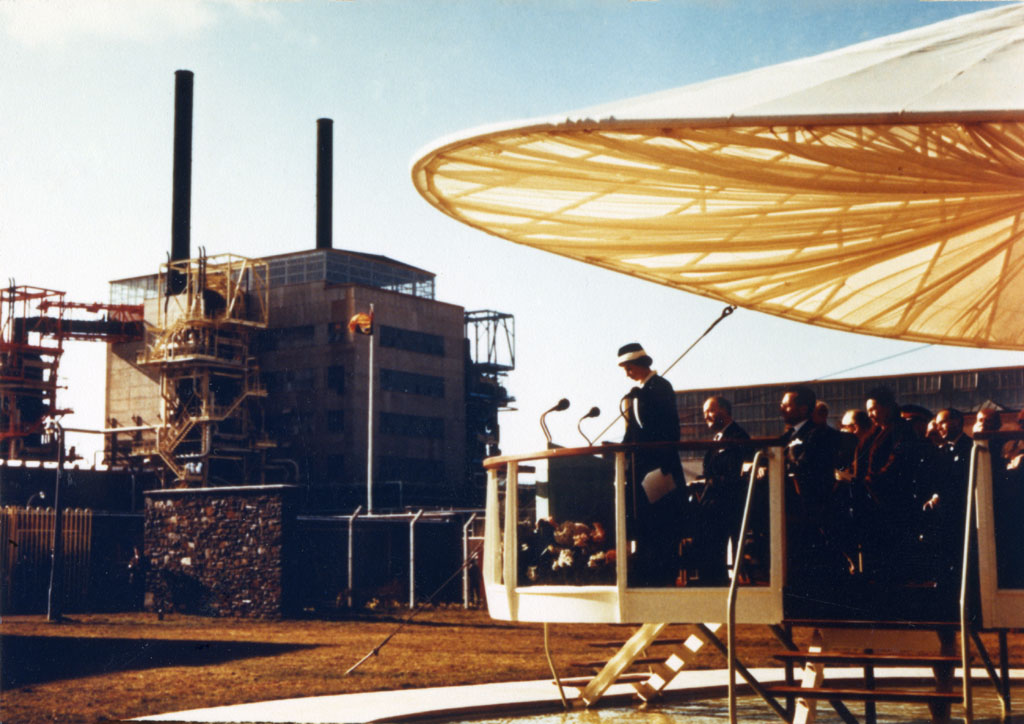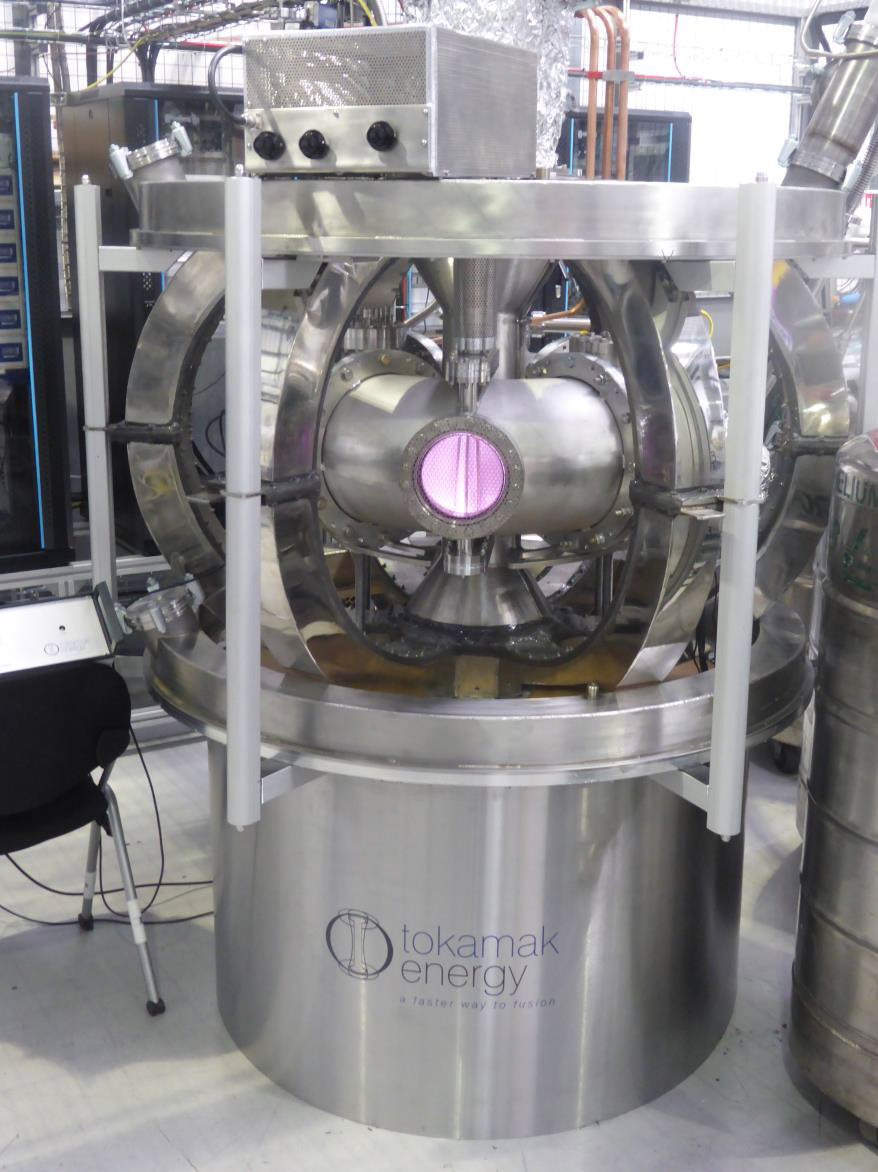The earliest DT nuclear fusion discoveries
Fusion energy research has seen exciting recent breakthroughs. The National Ignition Facility (NIF) at Lawrence Livermore National Laboratory has achieved ignition,1,2 and in the United Kingdom, the Culham Centre for Fusion Energy’s Joint European Torus (JET) has produced a record 59 megajoules of fusion energy.3 Against this backdrop of advances, we provide an account of the earliest fusion discoveries from the 1930s to the 1950s.* Some of this technical history has not been previously appreciated—most notably the first 1938 reporting of deuterium-tritium (DT) 14-MeV neutrons at the University of Michigan by Arthur Ruhlig.4 This experiment had a critical role in inspiring early thermonuclear fusion research directions. This article presents some unique insights from the extensive holdings within Los Alamos National Laboratory’s archives—including sources typically unavailable to a broad audience.







